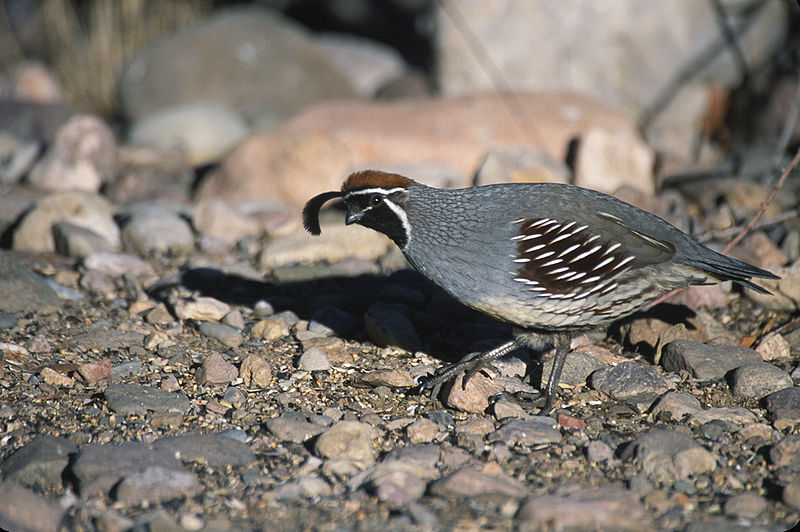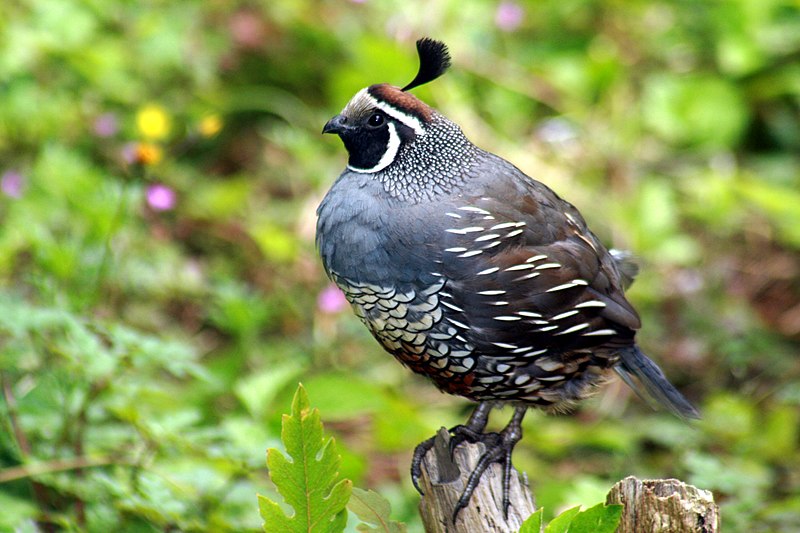 Like most old zookeepers, I have a soft spot for old animals. I’ve been fortunate in having had the chance to care for a number of birds that survived to record longevities – a Pell’s Fishing Owl and Smoky Eagle Owl of 50+ years, a tiny Egyptian Plover that lived into its 20’s, and any number of Parrots. But it is a “50-something”-year-old Marabou Stork (Leptoptilos crumeniferus), known to his Bronx Zoo caretakers as “Jake”, who stands out most vividly in my mind. Read More »
Like most old zookeepers, I have a soft spot for old animals. I’ve been fortunate in having had the chance to care for a number of birds that survived to record longevities – a Pell’s Fishing Owl and Smoky Eagle Owl of 50+ years, a tiny Egyptian Plover that lived into its 20’s, and any number of Parrots. But it is a “50-something”-year-old Marabou Stork (Leptoptilos crumeniferus), known to his Bronx Zoo caretakers as “Jake”, who stands out most vividly in my mind. Read More »
Category Archives: Bird Behavior
Feed SubscriptionSpringtime Tips for Bird Owners and Bird Watchers
Spring is an exciting time for those of us who keep birds as pets and observe them outdoors. In the past I’ve written articles dealing with special concerns and opportunities that arrive with the spring…I’d like to summarize them here, and add a few new thoughts. Read More »
Aviary Birds – Keeping and Breeding the California or Valley Quail – Part 2
Please see Part I of this article for more information on caring for California Quail (Callipepla californica). I’ll continue here with breeding and introduce the closely related Gambel’s or Desert Quail (C. gambelii).
Breeding
 California Quails breed readily when housed in a tranquil, well-planted aviary (only one pair per aviary may be kept) that allows for nesting below shrubs or among tall grass clumps. Hens in peak condition may produce clutches of up to 20 eggs, with a second likely if the first is pulled for artificial incubation (for a possible total of 40 eggs per season!). Read More »
California Quails breed readily when housed in a tranquil, well-planted aviary (only one pair per aviary may be kept) that allows for nesting below shrubs or among tall grass clumps. Hens in peak condition may produce clutches of up to 20 eggs, with a second likely if the first is pulled for artificial incubation (for a possible total of 40 eggs per season!). Read More »
Aviary Birds – Keeping and Breeding the California or Valley Quail – Part 1

The California Quail ranges along the Western edge of North America, from Oregon to Northwestern Mexico. It reaches 10 inches in length but, like all quails, appears larger due to its stocky build. Captive bred birds are readily available. Read More »
Humane Pigeon Control Methods
Those of us who own birds usually feed and observe wild birds as well, and friends and neighbors invariably come to regard us as the “go to” people for bird questions. One very common and troubling problem is the question of Pigeon control. Also known as Rock Doves (Columba livia) they are, to be sure, interesting (I’ve always wanted to look into when the night-active pigeons in Times Square sleep!) but still…
Do’s and Don’ts
The key to long-term pigeon control is to remove whatever is attracting the birds – usually roosting sites or food. Read More »
 That Bird Blog – Bird Care and History for Pet Birds
That Bird Blog – Bird Care and History for Pet Birds
